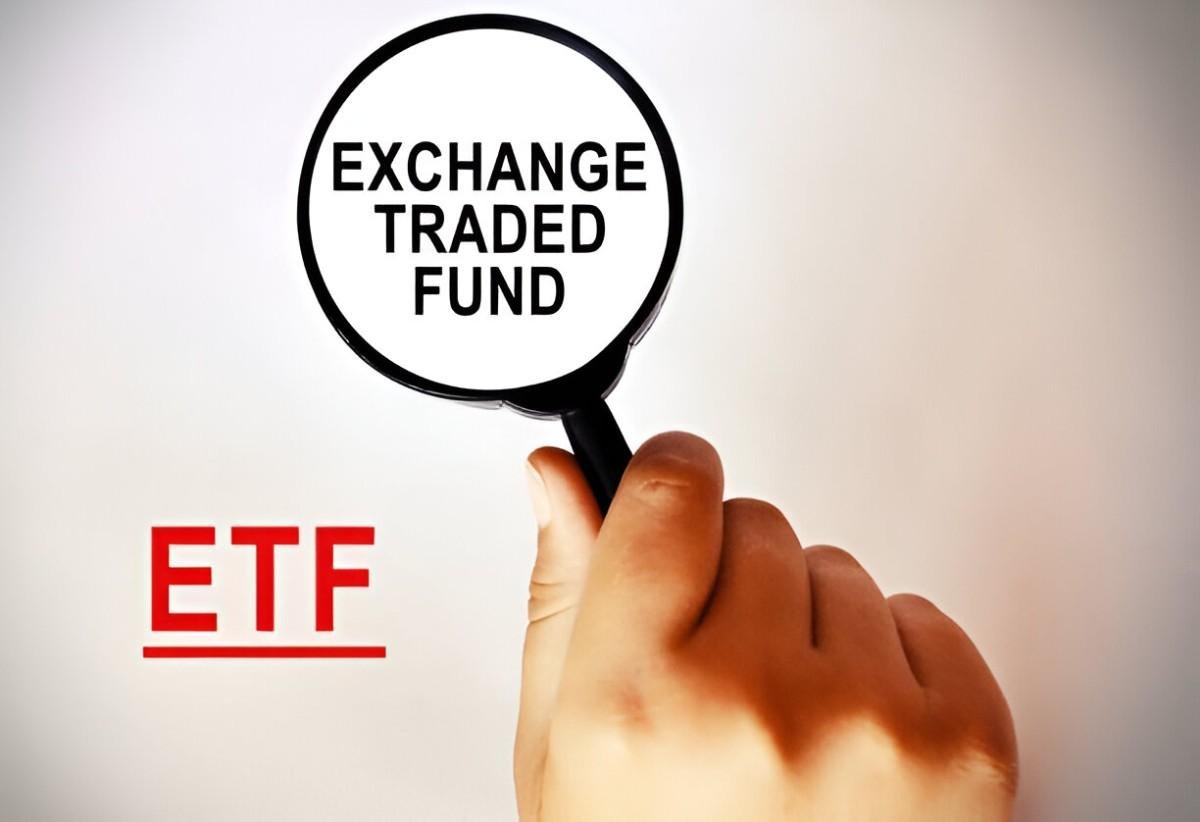As a finance expert, I often get asked whether exchange-traded funds (ETFs) or mutual funds are better for non-taxable accounts like IRAs or 401(k)s. The answer depends on fees, trading flexibility, tax efficiency, and investment strategy. In this deep dive, I’ll compare ETFs and mutual funds in non-taxable accounts, highlighting key advantages with data, examples, and calculations.
Table of Contents
Understanding Non-Taxable Accounts
Non-taxable accounts, such as Traditional IRAs, Roth IRAs, and 401(k)s, defer or eliminate capital gains and dividend taxes. Since taxes aren’t an immediate concern here, the focus shifts to cost efficiency, liquidity, and performance.
Cost Efficiency: Expense Ratios and Hidden Fees
Expense Ratios
ETFs generally have lower expense ratios than mutual funds. According to Morningstar (2023), the average ETF expense ratio is 0.18%, while the average mutual fund charges 0.59%. Over time, this difference compounds significantly.
Example:
Suppose I invest \$100,000 in an ETF with a 0.18% fee and a mutual fund with a 0.59% fee. Assuming a 7% annual return over 30 years:
- ETF Future Value:
Mutual Fund Future Value:
FV = \$100,000 \times (1 + (0.07 - 0.0059))^{30} = \$658,976The ETF saves me \$102,249 over three decades.
Transaction Costs
Mutual funds often impose sales loads (up to 5.75%) or redemption fees. ETFs trade like stocks, so I only pay brokerage commissions (many brokers now offer commission-free ETF trades).
Trading Flexibility
Intraday Trading vs. End-of-Day Pricing
ETFs trade throughout the day, allowing me to capitalize on intraday price movements. Mutual funds settle after market close, which limits my control over entry and exit points.
Example:
If the S&P 500 drops 2% at noon due to news, I can buy an S&P 500 ETF immediately. With a mutual fund, I must wait until the 4 PM closing price, potentially missing the dip.
Bid-Ask Spreads
ETFs have bid-ask spreads, but for highly liquid ETFs (like SPY or VTI), the spread is minimal—often just \$0.01. Illiquid ETFs may have wider spreads, but in a non-taxable account, frequent trading isn’t penalized.
Tax Efficiency (Even in Non-Taxable Accounts)
While non-taxable accounts shield me from capital gains taxes, ETFs still have structural advantages:
- In-Kind Redemptions: ETFs minimize capital gains distributions by transferring securities “in-kind” rather than selling them.
- Lower Turnover: ETFs typically have lower portfolio turnover than actively managed mutual funds, reducing internal transaction costs.
Comparison Table:
| Feature | ETF | Mutual Fund |
|---|---|---|
| Expense Ratio | Lower (Avg. 0.18%) | Higher (Avg. 0.59%) |
| Trading Flexibility | Intraday, Limit Orders | End-of-Day Pricing Only |
| Tax Efficiency | Minimal Capital Gains | Higher Turnover Risks |
| Minimum Investment | Share Price (e.g., \$200) | Often \$1,000+ |
Performance and Tracking Error
Index ETFs often track benchmarks more closely than mutual funds due to lower fees. For example, Vanguard’s S&P 500 ETF (VOO) has a tracking error of just 0.01%, while some mutual funds deviate by 0.10% or more.
Tracking Error Formula:
TE = \sqrt{\frac{1}{N} \sum_{i=1}^{N} (R_{fund,i} - R_{index,i})^2}Dividend Reinvestment
Both ETFs and mutual funds offer automatic dividend reinvestment. However, mutual funds reinvest at NAV, while ETFs reinvest at market price, which may include a slight premium or discount.
When Mutual Funds Might Be Better
- Automatic Contributions: Many 401(k)s only offer mutual funds, making automation easier.
- No-Commission Purchases: Some brokerages allow fractional mutual fund shares without fees.
Final Verdict
For non-taxable accounts, ETFs usually win due to lower costs, better liquidity, and structural efficiency. However, mutual funds can still play a role in automated retirement plans.





